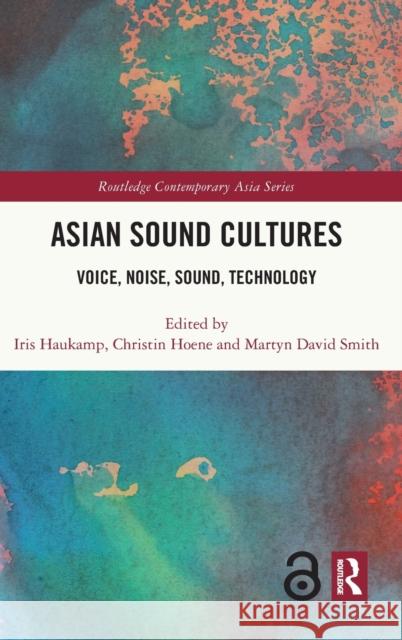Asian Sound Cultures: Voice, Noise, Sound, Technology » książka
topmenu
Asian Sound Cultures: Voice, Noise, Sound, Technology
ISBN-13: 9780367698911 / Angielski / Twarda / 2022 / 344 str.
Asian Sound Cultures: Voice, Noise, Sound, Technology
ISBN-13: 9780367698911 / Angielski / Twarda / 2022 / 344 str.
cena 705,83
(netto: 672,22 VAT: 5%)
Najniższa cena z 30 dni: 680,04
(netto: 672,22 VAT: 5%)
Najniższa cena z 30 dni: 680,04
Termin realizacji zamówienia:
ok. 22 dni roboczych.
ok. 22 dni roboczych.
Darmowa dostawa!
This book examines the meanings, uses, and agency of voice, noise, sound, and sound technologies across Asia.











